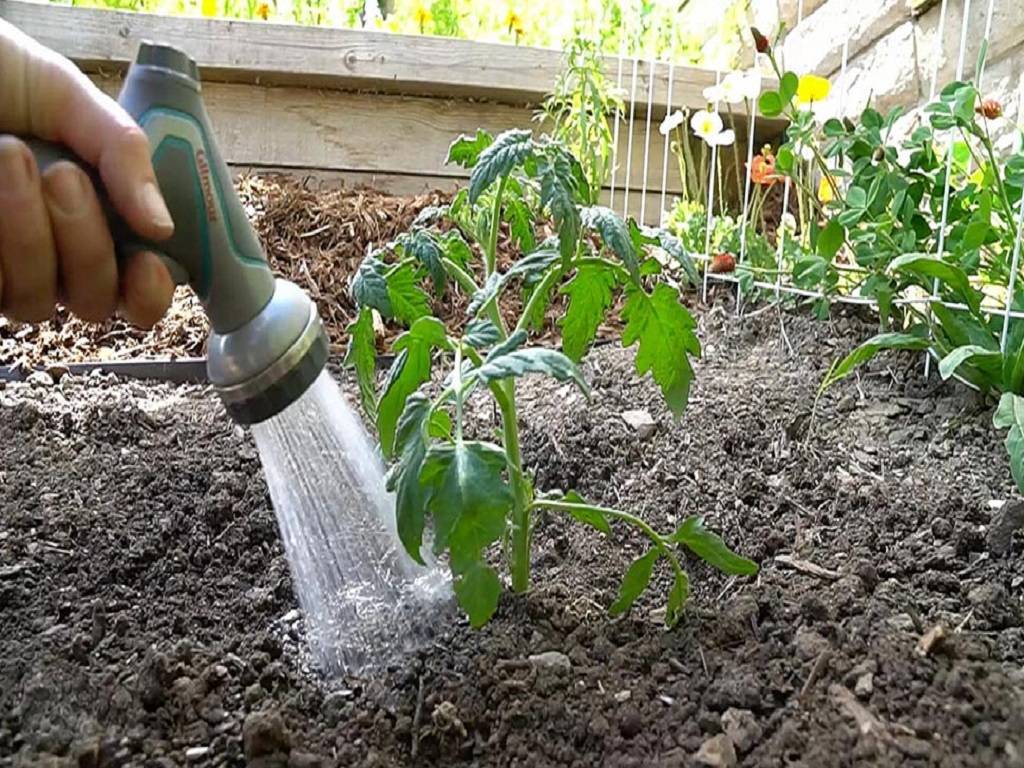
What is Transplant Shock and How Does It Happen?
When plants are moved from one site to another, they experience a jolt known as transplant shock. Plants are designed to stay in one place and establish their roots, but relocating them shocks their roots, resulting in pain, stunted growth, or even death.
Enlisted are the things for you to keep in mind before you relocate your plants.
Environmental Conditions
When plants are relocated from one site to another, they experience stress and 'discomfort.' Keep an eye on the new position, soil drainage, position of the sun, and watering to minimize it. The situation should stay the same till your plant establishes itself.
Also, plant in the proper method, moving the soil gently and planting as deep as it was previously planted. While some plants prefer not to be rooted deeply, eggplants and tomatoes thrive when they are.
Purchase Healthy Plants
Choose healthy plants while purchasing new plants. Avoid plants that appear fatigued, injured, or show evidence of insect issues, illnesses, or infections, such as yellow leaves.
Try To Keep The Roots Intact
The roots are commonly disturbed while transplantation. Concentrate on minimizing the impact by carefully removing the entire root ball from the old pot. If you suspect it'll be difficult, smash the previous pot to prevent harm. Ensure that the root ball is evenly moist; if it becomes dry, the plant will perish.
Transplanting in direct sunlight should be avoided
Relocating the plants in direct sunlight can cause the plant to get stressed and expire. The early hours of the morning and late hours of evening are the optimum times to re-pot the plant. You can keep an eye on the weather forecast and choose one of the days on which sunlight is minimal for the transplant, such as an overcast day.
It's also important to keep the newly transplanted plant out of direct sunshine for 3-5 days.
It's vital to remember that heat and light can quickly harm the roots, so don't keep them out in the open or direct sunshine.
Water the soil Prior to Transplanting
Water the plant properly some hours prior to your plan to start the transplanting operation, as this will hydrate the plant effectively.
Add Epsom Salt
Epsom salt can aid in the recovery of transplanted roots. Epsom salt, which includes magnesium and sulfate, can help plants grow better if used correctly. While transplanting, add 1 tablespoon of Epsom salt to the new growing medium. You may also use a gallon of water with 1-2 teaspoons of Epsom salt to hydrate newly transplanted plants.
Normally, plants close their stomas when they are moved, and having water storage would aid them in not becoming stressed for a period of time. Furthermore, the water would compensate for reduced friction against the roots, resulting in less damage. 1 to 2 cups Epsom salt per 100-200 square feet is sufficient.











